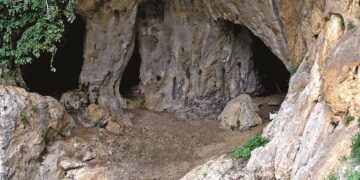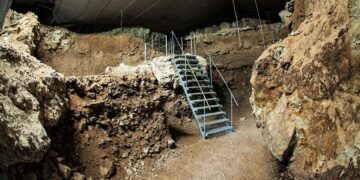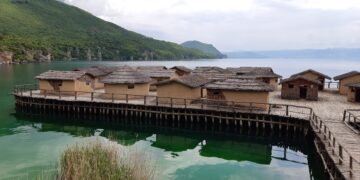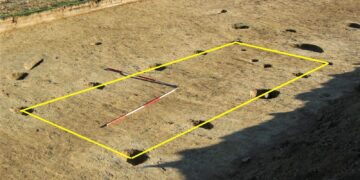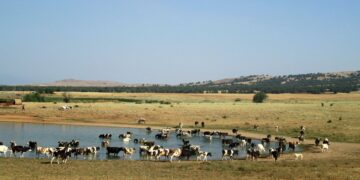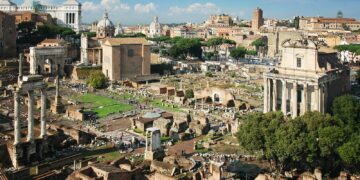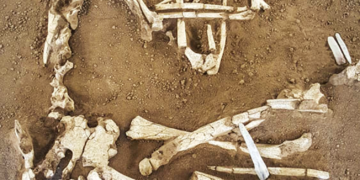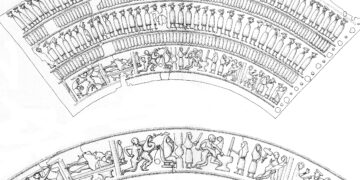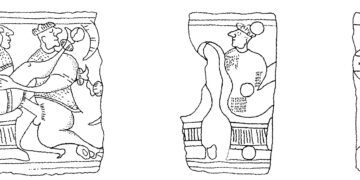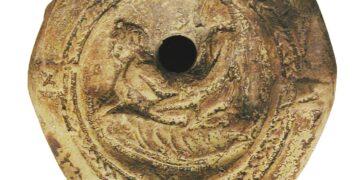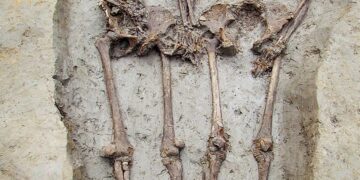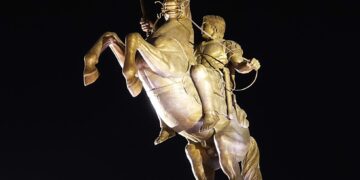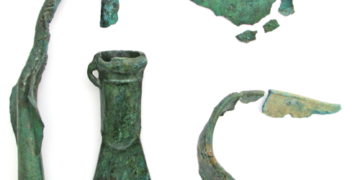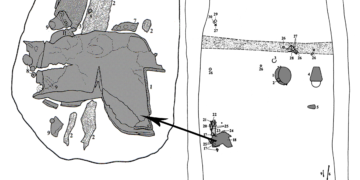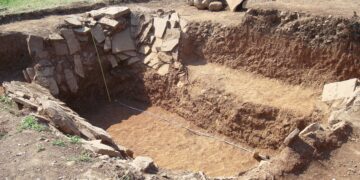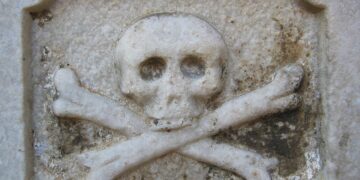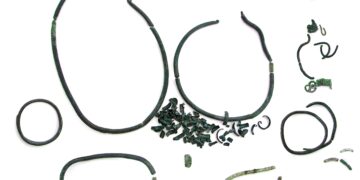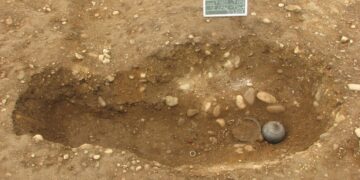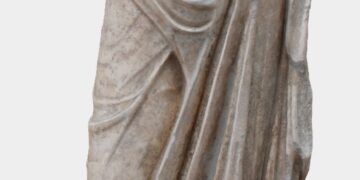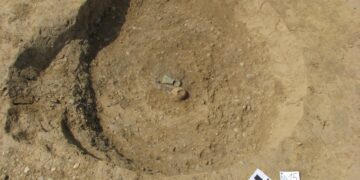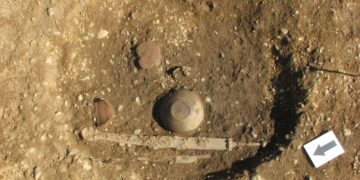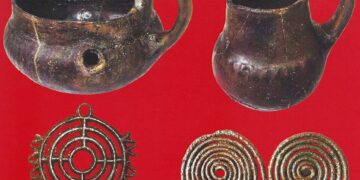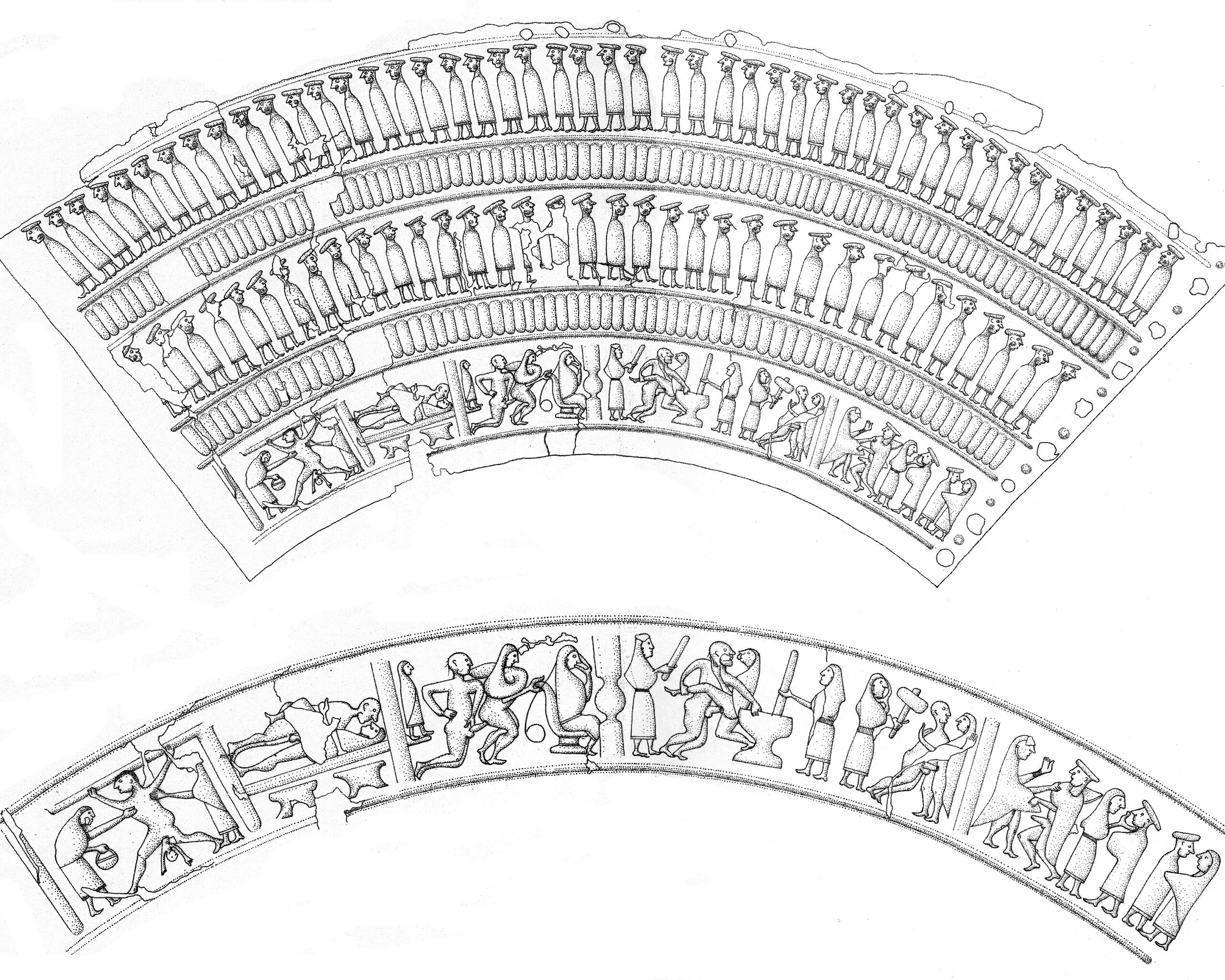Situla is a bronze bucket that was very popular in the Early Iron Age and appreciated by the aristocracy in a wide area from the Alps and the Danube to the Adriatic and Italian areas. Their most significant feature and greatest contribution to the art of the Iron Age is its visual art, a pictorial narrative that is achieved by embossing on bronze sheet metal in several horizontal friezes. Each such toreutical work of art is a cultural-historical phenomenon whose values depend on their original context, but also on how it is experienced. Vessels that were decorated with symbols, motifs or signs had undoubtedly at the core of their creation and practical application a distinct aesthetic value as recognized works of art of that time. Such vessels were all associated with lavish drinking sets in which wine and other intoxicating (alcoholic) elixirs were mixed, served during various profane and ritual, holy banquets, ceremonies and festivities.
It is commonly believed that Situla art reflected elite male communities and that women were much rarer and in more passive roles than men, while scenes of children were extremely rare. The discovery of the situla from Pieve D’Alpago (Belluno) showed a different “pictorial story” and a completely new representation of the elite of northern Italy, of the Venetian territory.
Namely, it was on that situla that for the first time in the lowest frieze the so-called “Situla erotic comic” was depicted. It begins with a couple of meeting, engaging in love foreplay and explicit games, and the events culminate in a birth scene, unique in the repertoire of Situla art. However, these scenes are not hidden or metaphorically presented; they are human, real and sensual, just as the brutal and real act of giving birth to a naked woman – a mother in a standing position who brings into the world a new being with visible heads and arms. It may be a magical and apotropaic object associated with the cult of fertility and reproductive power. The main “roles” in this erotic comic are played by women in different situations and poses, with different gestures and attributes – many attributes depicted like a stick, an axe and a throne actually symbolize female power. The situla is an authentic masterpiece that is considered a unicum of Situla art – due to major repairs, had to be used for a long time and therefore kept as a family treasure from generation to generation, it was found as an urn in the tomb of a rich woman from the 5th century BC.

